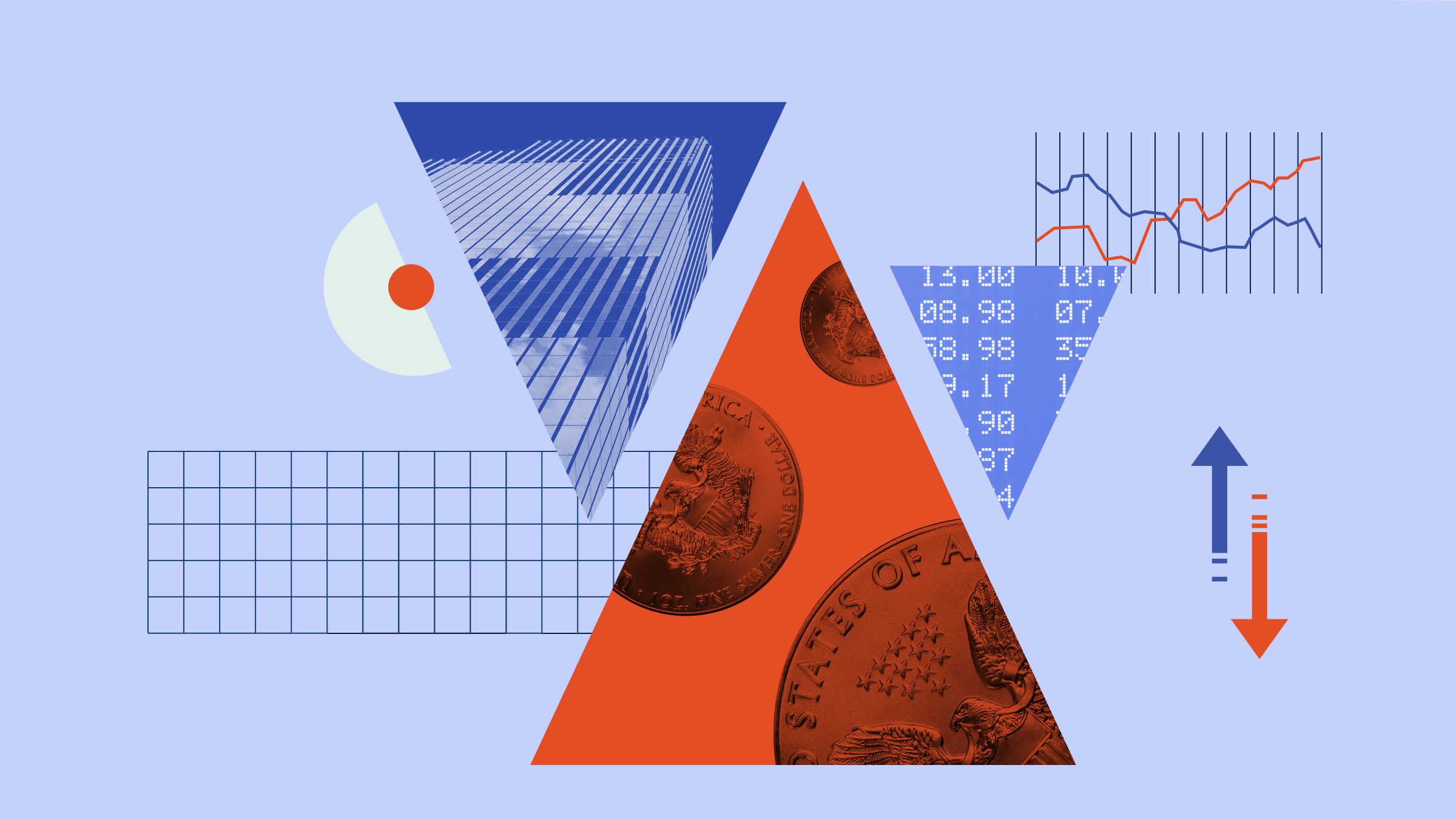On Jan. 26, 2010, Standard & Poor's announced that Berkshire Hathaway would be joining the S&P 500. A curious thing happened: Berkshire's stock rocketed to around $76 from $68 in a few short days, a nearly 12% rise. Did S&P's pronouncement increase Berkshire's intrinsic value by 12%? Warren Buffett would say no.
What changed was that now everyone knew a chunk of the one-trillion-plus dollars indexed to the S&P 500 would move in lock step to buy Berkshire stock on Feb. 12. Naturally, hedge funds and traders rushed to buy the stock before the inclusion date. When the day rolled around, the index funds obeyed their mandates and bought more than $20 billion worth of Berkshire Hathaway stock at a 12% premium. It was a $2 billion payday on the index investor's dime.
Market events like Berkshire's inclusion happen regularly with indices. To add insult to injury, the same mechanisms that drive up stocks before they're bought by index funds drive stocks down before the funds sell them. Index investors lose, market-makers and hedge funds win. It's a well-established but poorly known phenomenon called index turnover cost. Any index with enough assets following it will suffer from the effect to some degree. Not much has been made of it because it's hard to measure just exactly how much indexers are losing, and index providers have no incentive to educate the public. A recently published study by New York University professor Antti Petajisto provided some cold, hard numbers.
Index Turnover Costs
Petajisto estimated that from 1990 to 2005 the annual turnover drag for the small-cap Russell 2000 was at least 0.38% to 0.77% and for the S&P 500 at least 0.21% to 0.28%. He emphasised that these are conservative estimates--the true costs are probably even higher. These figures imply that index funds can handily beat their benchmarks by avoiding the price pressure surrounding index additions and deletions. It's one of those rare free lunches in investing. Indeed, some index funds have consistently beaten their benchmarks even after fees by employing such a strategy.
Before you dismiss the free lunch as too meagre, consider that an investment losing 0.30 percentage points off a 7% annual return ends up worth 8% less after 30 years. The same investment losing 2 percentage points annually ends up with 43% less wealth.
Testing the Results
In the spirit of scientific verification, we ran a crude check on the researchers' results. Before we delve into the specifics, let's go over some jargon. Alpha is the portion of a strategy's return that can't be explained by risk factors--hence, it's also called abnormal return. So far, researchers have identified four big factors that explain most of a strategy's returns: market risk, size, value, and momentum. When you control for them, the leftover return is alpha, which can be interpreted as the value a strategy adds (or subtracts). If the researchers were wrong, we'd expect abnormal return to be indistinguishable from zero, particularly for the Russell 2000.
We looked at large, small, and total U.S. stock indices from six major index families: Dow Jones, Morningstar, MSCI, Russell, S&P, and Wilshire. None of them had abnormal returns distinguishable from zero except for the Russell 2000 and the Morningstar Small Cap indices. Russell 2000 had a monthly abnormal return of negative 0.33%, or 4% annualised, from 1992 to 2010. That's a big loss for an index. Morningstar's small-cap index suffered a negative 0.17% monthly drag, or 2% annualised. The index's negative alpha is likely due to the fact that it trades some of the same stocks within a week of Russell's trades or sometimes on the same day. Not surprisingly, the S&P 500 didn't show a negative abnormal return; the tests we ran were too coarse to detect the turnover costs the researchers found.
Avoiding the Worst of It
The market is rapidly changing, with new indices covering new markets. Investors shouldn't assume that index creators are overly concerned about index turnover cost. In fact, providers would be fools to bring attention to it. They usually charge asset-based fees, so they want as much money following their indices as possible. It's up to investors to know when index turnover cost will erode returns. The big red flags follow:
1. Lots of assets tracking the index, but not necessarily any particular index fund. If you have more than a trillion dollars marching in lock step, as the S&P 500 does, price impact is a fact of life.
2. High turnover. Price impact matters less if your index is making infrequent changes. Some poorly constructed small- and micro-cap indices churn their holdings, resulting in horrendous losses.
3. Illiquid underlying holdings. The less liquid a holding, the bigger the price impact of a trade. Micro-caps and small emerging-markets stocks are among the hardest-to-trade holdings. Most U.S. micro-cap index funds have suffered tremendous negative abnormal returns, up to 8 percentage points annually.
Investors can sidestep the entire issue by holding a total stock market index or a complementing index to recreate the total market. In illiquid markets such as those for micro-caps and certain high-yield and municipal bonds, low-cost active management can more than pay for itself.
Don't go rushing off to dump your index funds yet. The tax consequences can eliminate all the future savings and more. Also keep in mind that less-followed exchange-traded funds can have wider bid-ask spreads. Small funds also face greater prospects of untimely closure and lack of liquidity. The sweet spot is when an index fund is big enough to be cheap and liquid, but doesn't follow a too-popular index. In practice, it often means settling for a category's second most popular index.
Indexing's critics shouldn't feel too smug about these results. If anything, they strengthen the case for indexing. Most managers fail to beat the S&P 500 or the Russell 2000. When you add back in the handicap that the indices suffer, active managers look even worse. Of the U.S. small-cap open-end funds who have declared the Russell 2000 as their bogey, only 44% beat the index over the past three years as of March end. Add back in an annual 0.60 percentage point handicap to the Russell 2000, and only 35% beat their benchmark. And these are the survivors, the funds that did well enough through the financial crisis to avoid the chopping block. The numbers become truly depressing after accounting for survivorship bias and the risks the funds took.
Index investors pay a price for comfort and familiarity, but it pays to tread off the beaten path and seek unloved, unused indices.
This article first appeared in Investment Adviser in April 2011.























